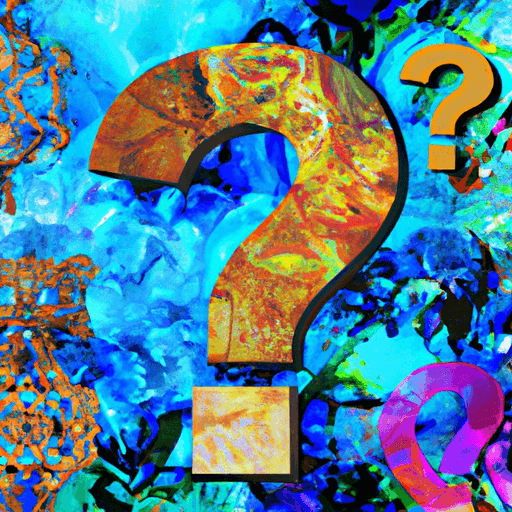Cultural Appropriation in Modern Art: Where is the Line?
Understanding Cultural Appropriation
The broad definition of cultural appropriation refers to the usage or borrowing of elements from another culture, particularly when that culture is not dominant or is marginalized. Though cultural exchange is a natural course in an increasingly globalized world, cultural appropriation raises concerns when it borders on offensive stereotype manifestation, especially in the context of art.
Cultural Appropriation in the Art Industry
Contemporary Art widens the scope of expressing ideas and emotions. However, therein lies a potential hazard of cultural boundaries being crossed unintentionally or otherwise. Artists often draw inspiration from different cultures, which can become controversial when such representation lacks understanding or respect for the culture's history, traditions, or beliefs.
Borderline Cultural Appropriation in Modern Art
Various examples in modern art have ignited debates about cultural appropriation. Whether it is Western artists using traditional African or Indigenous patterns, or pop artists integrating Asian elements into their music videos, these representations are often met with a mixed response.
The Perspective of Cultures Involved and Global Audience
Understandably, the cultures from where these elements are procured often feel their cultural identity is being used without context or consent. What is seen as creative expression to some, appears to these cultures as disrespectful mimicry or cultural theft. However, the global audience has shown a variety of reactions, ranging from obliviousness to outrage, depending on their perception of the art in question.
Ethical, Social, and Legal Dimensions of Cultural Appropriation
Where cultural appropriation steps over legal boundaries into copyright or intellectual property infringement, artists are subjected to legal consequences. However, most cases fall into the murky grey area that spans the ethical and social spectra. This highlights the importance of an interactive discourse about respecting and understanding the cultures being depicted.
The Fine Line Between Cultural Appropriation and Cultural Appreciation
Cultural Appropriation and Cultural Appreciation are sometimes used interchangeably, leading to confusion. Cultural appreciation in art is the respectful and sensitive depiction of elements from another culture, where the main goal is to celebrate, understand, and value their significance. However, when it disregards cultural context or narrative, it may transform into a disrespectful depiction or cultural appropriation.
Finding a Respectful Path in Artistic Expression
Respecting cultural diversity while seeking creativity is achievable when artists do their research, engage with the culture, and listen to its native voices for a deep understanding and appreciation of the culture being represented. Artists should strive to create works that incorporate cultural elements in a way that promotes respect, understanding, and dialogue rather than offending or belittling the source culture.
















Comments
Leave a Comment